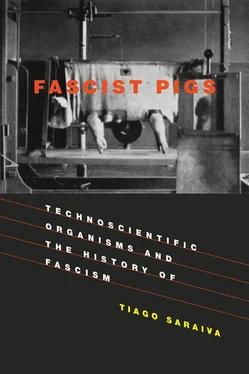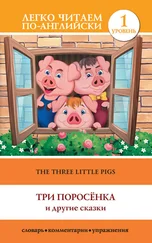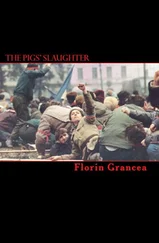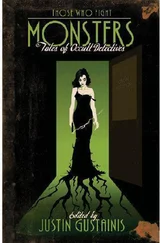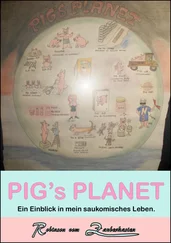The research on wart disease had also led to an important development in the methodology for classifying potato varieties. The close attention to tuber sprouts demanded by the Lemmerzahl-Glynne method revealed their usefulness as markers of different varieties. Soon BRA researchers developed, parallel to the inoculation method, a new biological basis for establishing equivalence or distinction between varieties on the basis of observation of the form, size, and color of tuber sprouts—the so-called sprout test (Lichtkeimprüfung). [37]Before a commercial variety could make the list of approved varieties, it had to demonstrate its distinctiveness (Selbständigkeit) in relation to existent varieties. Before BRA researchers began to publish the list of varieties, seed merchants could simply cultivate other breeders’ creations, rename them, and sell them as their own at a cheaper price. Distinctiveness was based on characteristics (Merkmalen) such as color and form of the tuber and, after K. Snell’s work by the end of the 1920s, also on certain features of the sprouts. [38]But distinctiveness was not enough to gain entry to the list. A variety developed by a commercial breeder had also to possess interesting agronomic qualities (Eigenschaften) of yield, resistance, adaptability to different soils, color of pulp, or tuber form. To be on the list, potatoes had thus to pass through the standardized tests of the BRA that established their biological characteristics and agronomic qualities. In short, BRA researchers developed quick laboratory testing methods to guide commercial breeders’ work as well as to identify the varieties that should or should not be included in the list of approved varieties. [39]
The BRA and the RNS: The Streamlined Estate and the 1934 Seed Decree
The Seed Decree issued by Darré’s Ministry in March 1934, only one year into Nazi rule, established a compulsory registering system in which only the best varieties of each crop were allowed into the list, these being the only ones that could be sold in the market. The change brought by the decree was an important one, and in 1937 there were no more than 74 potato varieties in the list. [40]As has already been noted, lists of approved varieties were being elaborated by the BRA and publicized by the DLG as guidance for farmers and peasants, but only after the seed decree of 1934 was it forbidden by law to commercialize varieties excluded from the list. [41]With the Nazis’ Battle of Production, not only were there far fewer approved varieties; those varieties were the only ones legally commercialized. In subsequent years, the exclusion of some varieties would extend to cultivation itself.
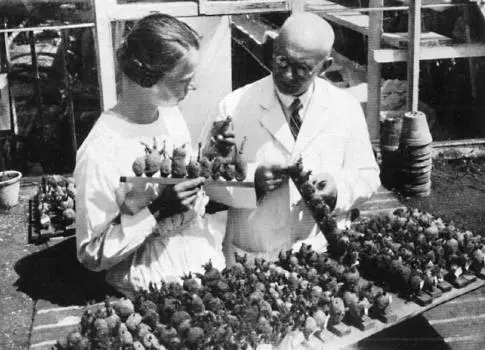
Figure 3.5 Performing the sprout test at the Biologische Reichsanstalt für Land- und Forstwirtschaft, 1936.
( Die Biologische Reichsanstalt für Land und Forstwirtschaft in Berlin-Dahlem , Paul Parey, 1936)
According to BRA data, in 1935 around 75 percent of the German fields were already being cultivated with approved potato varieties resistant to wart disease. [42]That is an impressive number indeed if we recall that by 1925 only 24 varieties had been identified as holding resistance to wart. In 1937 a new decree was issued strictly banning the commercialization of seeds from susceptible varieties from June 1940 on, and severely forbidding the cultivation of such varieties after March 1941—a ban that would endure in the subsequent decades in both West and East Germany. [43]To ensure enforcement of the law, Plant Defense Offices and local police were supposed to exert control over both farmers’ fields and the seed trade. [44]Neither in Italy or Portugal had seeds ever been banished from the commercial circuit, much less prevented from being cultivated. Also, the well-developed commercial seed market in Germany made commercial breeders much more important actors in the cleansing of the seed market than they were in Italy or Portugal. But it is more interesting that the release of new breeds was conditioned to the standards established by the Battle of Production. Potatoes that after having been tested at the BRA were considered as not contributing to the nutritional independence of the Volk didn’t have a place in Nazi Germany.
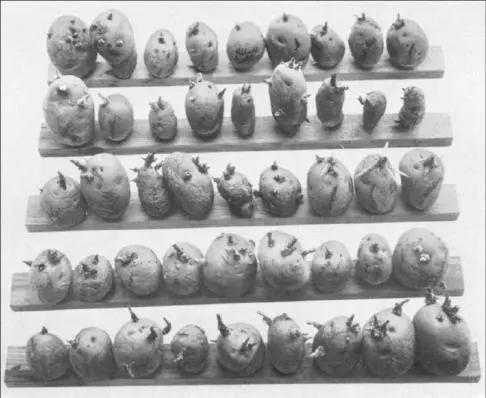
Figure 3.6 Sprouts from various potato varieties, 1931.
(K. Snell, “Sorteneigenschaft und Sortenmerkmal,” Der Züchter 3, no. 4, 1931: 125–127)
The short description given above already suggests the close proximity of BRA activities to the bureaucratic structure of the Reich in the Nazi years. If before 1933 the testing work put the BRA in direct relation with commercial breeders and the DLG, with the reorganization of agriculture by the Nazis that relationship was to be intermediated by the Reichsnährstand (RNS—Reich Food Estate), the mammoth Nazi institutional arrangement responsible for managing agriculture and food production. An account of the restructuring of the agriculture sector through the RNS is needed to better understand how laboratory work at the BRA related to the Nazi bureaucracy. [45]
Ritual celebrations of the harvest day, with peasants dressed in allegedly traditional costumes happily dancing old Germanic dances and celebrating the annual pig slaughter on their hereditary farms, have led many scholars to quickly dismiss Blut und Boden as the folkloric side of Nazi ideology, or as the pastoral component of Nazism. And even among historians who have explored the role of agriculture in Nazi Germany in more depth there is a clear tendency to consider its main ideologue, Richard Walther Darré, as an outdated character willing to build an impossible rural arcadia in modern times, soon to be replaced by more technocratic and pragmatic Nazi officers such as Herbert Backe. [46]An uncomfortable contradiction arises from scholarship simultaneously dealing with Darré as the embodiment of Nazi antimodernist reaction and with his role as Reichsbauernführer, the top of the pyramid of the all-embracing RNS bureaucratic structure.
The Reischsnährstand, founded in September 1933, the first year of Nazi rule, was supposed to play a major role in freeing Germany from its dependence on imported food. According to Clifford Lovin’s still-apt characterization, the RNS was “designed to relieve the farmer of the uncertainties of a capitalist market economy so he could serve his nation better both as food producer and culture bearer.” [47]And the truth is that the setting up of this organization, taking over the numerous pre-existent associations and societies of agriculture in Germany, by establishing fixed prices and controlling production, marked the end of the free market for agriculture in the country. [48]This Food Estate was built as a “self-governing corporate body” that rejected the atomizing and destructive influences of democracy and liberalism and promoted the estates (Stände) as “the organizational form of the economic aspect of the life of each individual.”
To ensure that production developed as efficiently as was possible, the RNS extended its control and supervision to every farm in the country. In about 55,000 German villages an Ortsbauernführer was responsible for overseeing day-to-day activities. The Ortsbauernführer reported to 541 Kreisbauernführer, who in turn reported to one of the 19 Landesbauernführer. The local leaders were to execute the policies set at the RNS headquarters in Berlin, and Darré gave them authority to punish those who violated regulations. [49]Supervision was facilitated from 1936 on by the introduction of a record card for every holding larger than 5 hectares that required the occupier to provide exhaustive details. A copy was then held by the Kreisbauernführer. More than 2 million holdings, comprising about 90 percent of all agricultural land, were included in this new system.
Читать дальше
